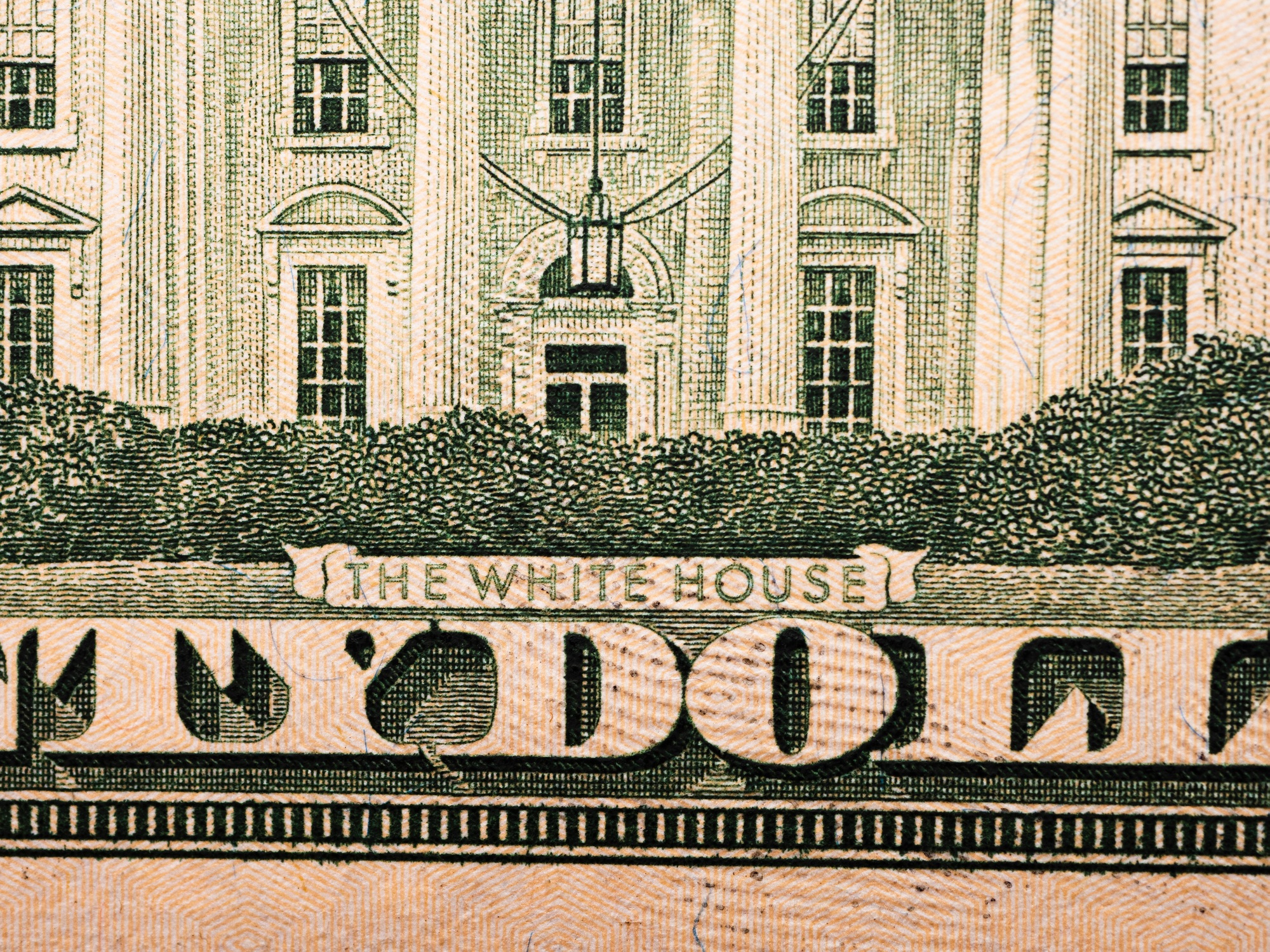The U.S. dollar continued its downward trajectory on Wednesday, reflecting investor apprehension over domestic fiscal policies and international currency discussions. The greenback’s decline is attributed to multiple factors, including debates over proposed tax legislation and the recent Moody’s downgrade of the U.S. credit rating.
President Donald Trump’s sweeping tax-cut bill faces resistance within Congress, raising concerns about its potential to increase the national debt by an estimated $3 to $5 trillion. This fiscal uncertainty has led investors to question the long-term stability of U.S. financial policies.
Compounding these concerns is the recent downgrade of the U.S. sovereign debt rating by Moody’s, which cited rising deficits and debt service costs as key factors. This move has further eroded confidence in U.S. assets, prompting a shift towards safer investments.
Internationally, the G7 finance ministers’ meeting in Banff, Alberta, has brought currency stability to the forefront.Discussions are expected to address issues such as excess manufacturing capacity, non-market economic practices, and financial crimes. U.S. Treasury Secretary Scott Bessent aims to encourage allies to confront China’s state-led, export-driven model, which contributes to global overcapacity.
The dollar index, which measures the U.S. currency against a basket of peers, edged down by 0.03% to 99.938, marking its lowest point since May 7. This decline has made dollar-priced assets more attractive to holders of other currencies, influencing market dynamics.
Federal Reserve officials have expressed caution regarding the economic impact of trade policies, signaling a “wait and see” approach to interest rate adjustments. Atlanta Fed President Raphael Bostic noted that previous efforts by companies to preempt tariffs are nearing their limit, and upcoming price changes will offer insight into consumer reactions.
As the U.S. navigates these fiscal challenges, the weakening dollar serves as a barometer of investor sentiment, reflecting broader concerns about economic stability and policy direction.







